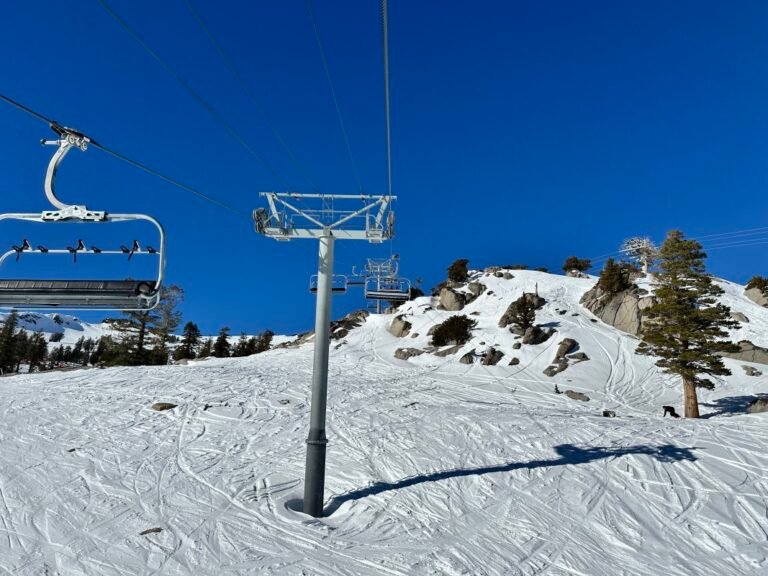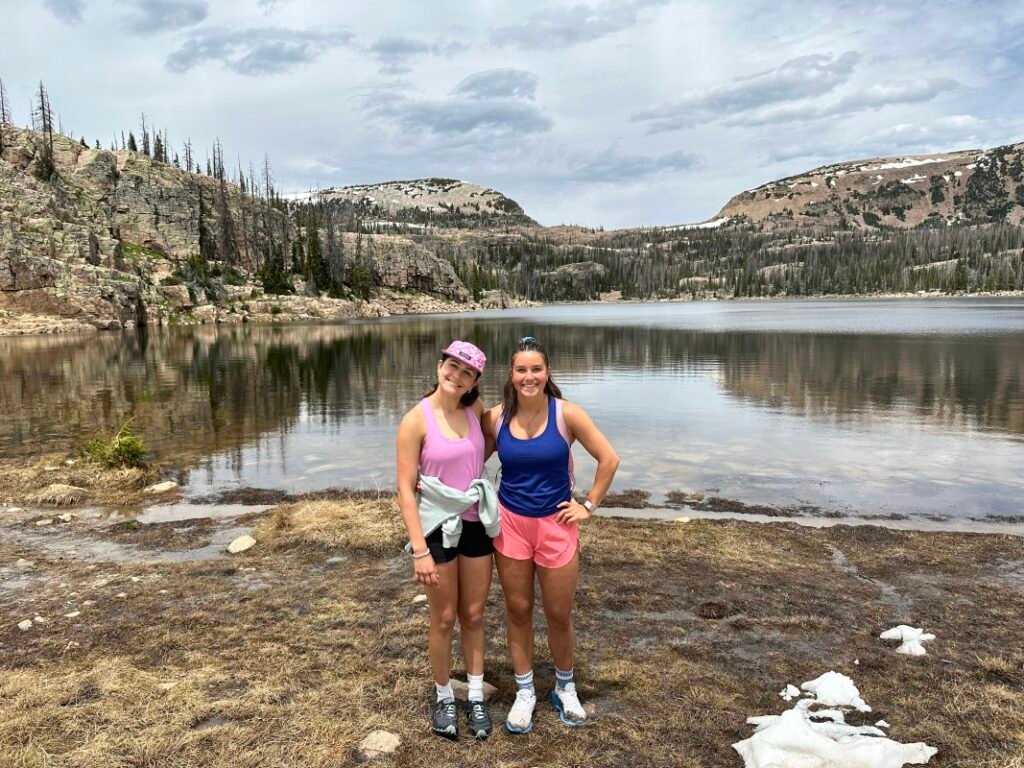
I’m headed to Portillo in a few weeks to enjoy some summer skiing in South America, and I’m starting to ramp up my hydration to prepare for the elevation. Years ago, I had a rough encounter with altitude sickness. I arrived in Jackson Hole after a few intense weeks of work, tired and dehydrated. Even though Jackson’s base area is at a relatively low elevation of 6,311 feet, I was still walloped. I spent the first two days sick and missed out on valuable family time because I wasn’t properly prepared.
While I bounced back fairly quickly with rest, hydration, and smart food choices, I learned an important lesson: mountain travel demands respect.
Understanding Acute Mountain Sickness (AMS)
Acute Mountain Sickness is common at elevations above 8,000 feet. It can feel like a mild flu—or become much more serious. Ski moms, take note: AMS is not something to shrug off.
Mild AMS symptoms may include:
- Headache
- Dizziness
- Fatigue
- Nausea and/or vomiting
- Shortness of breath
- Lack of appetite
- Disturbed sleep
- General malaise
While these symptoms are unpleasant, they’re manageable. But AMS can escalate. In severe cases, fluid can leak from capillaries and accumulate in the lungs or brain. If symptoms persist or intensify—especially within the first 24–72 hours at altitude—seek medical attention. Remaining at high elevation without treatment can be life-threatening.
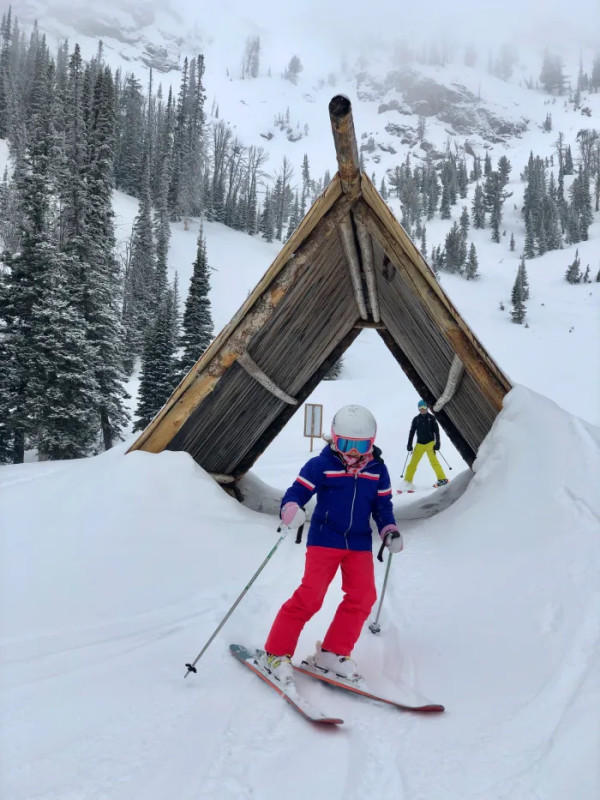
Momtrends Media
High-Altitude Base Areas to Watch
Keep these elevations in mind when planning:
- Alta, UT – 8,530’
- Arapahoe Basin, CO – 10,800’
- Breckenridge, CO – 9,600’
- Loveland, CO – 10,820’
- Portillo, Chile – 9,450’ (hotel base elevation)
- Vail, CO – 8,120’
These are just a few major resorts, but symptoms can strike at lower elevations too. Know your body and be prepared.
My Go-To Tips for Acclimating to Altitude
✅ Pre-Trip Prep (1 Week Out)
- Hydrate consistently: Boost daily water intake to support circulation and oxygen delivery.
- Skip alcohol and excess caffeine: They can worsen dehydration and sleep quality. (Fortunately, there are great N/A beers and mocktails out there.)
- Eat iron-rich foods: Support red blood cell production with options like spinach, lentils, and red meat.
- Stay active: Light, regular exercise supports cardiovascular health. This isn’t the week for a fitness challenge.
- Prioritize sleep: Rest up—fatigue amplifies altitude symptoms.
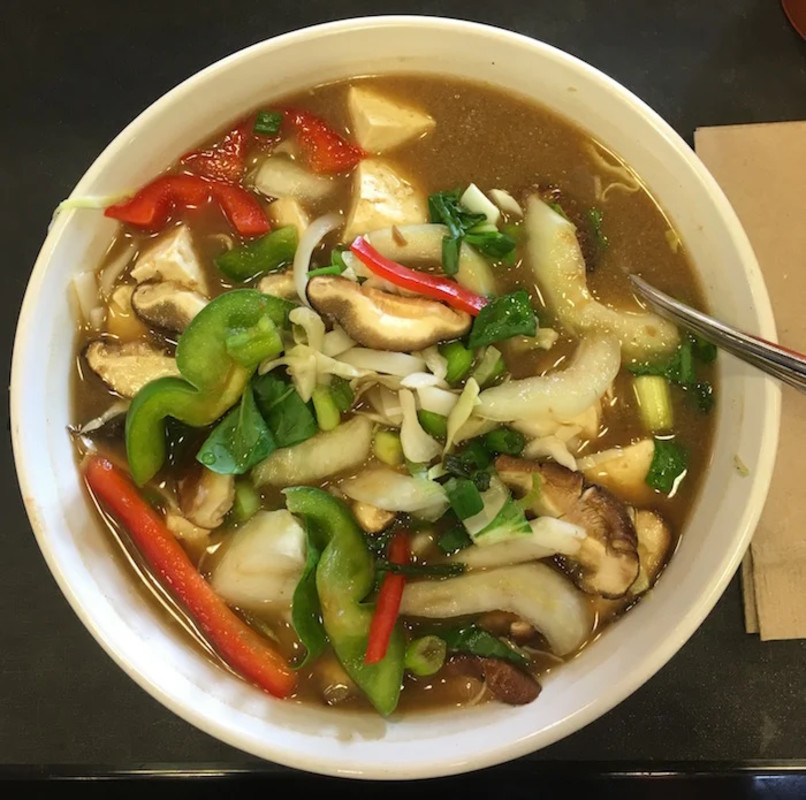
Momtrends Media
🏔️ On-Mountain Tips for Ski Moms
- Prep your kids: Encourage rest and hydration before travel. A fun tip: We tell our girls to aim for pale yellow urine. Bathroom challenges work!
- Hydrate smart: Pack electrolyte drinks to help with recovery. (Our go-to: LMNT packs.) Adults: avoid alcohol after 6 PM for the first 48 hours.
- Ease into it: Start with a mellow ski day or half-day. Let your body acclimate.
- Eat with intention: Skip heavy meals early on. Focus on high-carb, low-protein, low-fat meals during the first few days, and save indulgences for later.
- Protect your skin and eyes: Use SPF 30+ and reapply often. I love URSA Major; my girls swear by Supergoop. Don’t forget UV-rated goggles or sunglasses.
- Plan your ascent: If possible, spend a night at mid-altitude before heading higher—especially important for kids and at resorts above 8,000 feet.
Altitude sickness doesn’t care if you’re skiing powder, hiking to an alpine lake, or sipping cocoa at a mountaintop lodge. It can affect anyone—especially moms juggling logistics, family energy, and maybe some leftover work stress. Whether you’re heading to Portillo for summer turns or planning a Colorado getaway this winter, remember: preparation is your best piece of gear.
Hydrate early, pace yourself, and fuel wisely.
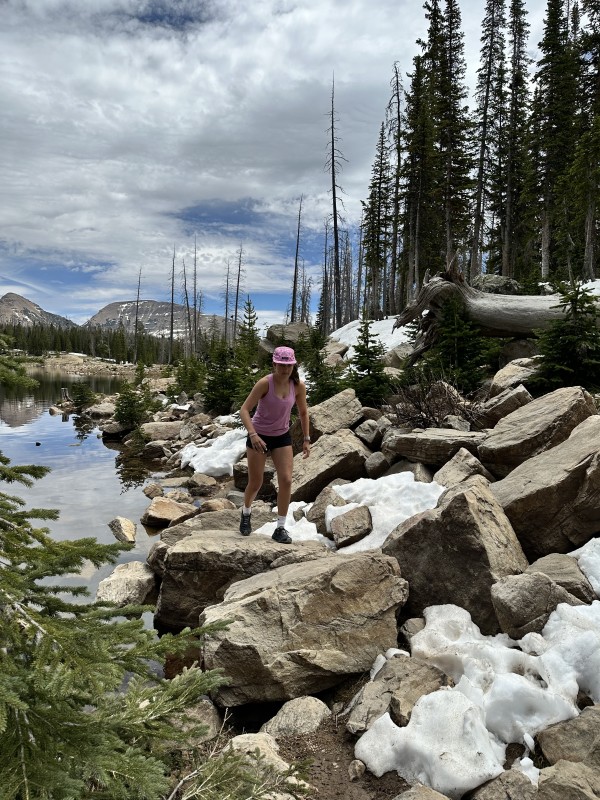
Momtrends Media


